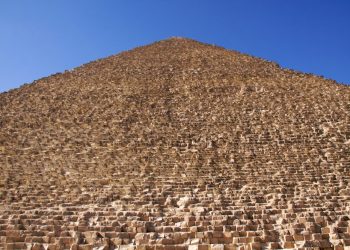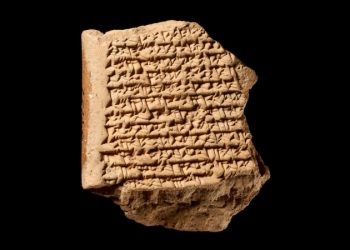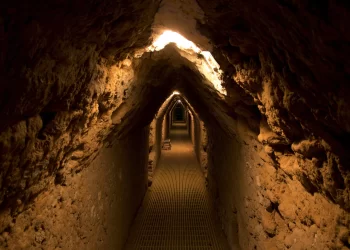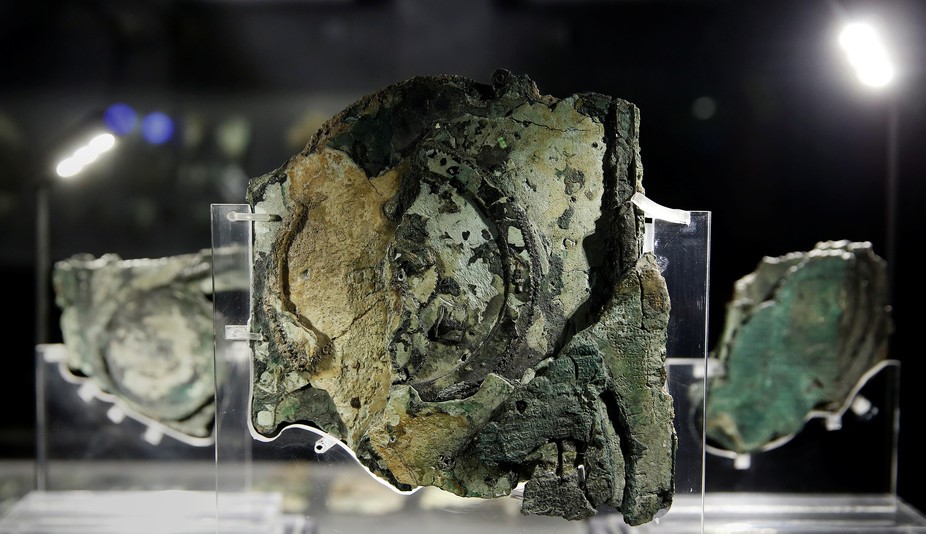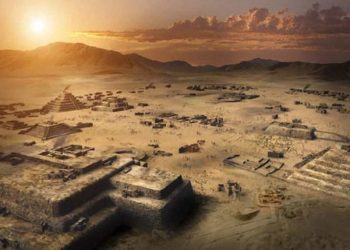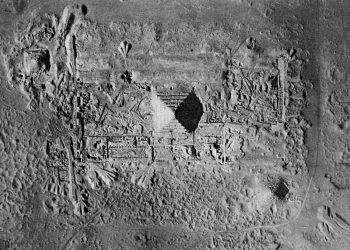Located in the remote southern Egyptian desert, Nabta Playa stands as a mysterious ancient stone circle that may be one of the earliest astronomical observatories in human history. While many people know of Stonehenge, Nabta Playa predates it by a staggering 2,000 years and offers a glimpse into humanity’s early relationship with the stars.
A Forgotten Wonder in Egypt’s Desert
This ancient structure is, without a doubt, a forgotten ancient wonder, one of the many that ancient Egypt has. To find out more about this extraordinary site, we must “travel in time” to approximately 7,500 years ago, when ancient Nubians are believed to have built Nabta Playa. This magnificent ancient wonder is located about 280 kilometers southwest of Aswan. This structure was carefully designed, likely serving as a way for these early people to measure the passage of time and track the seasons.

While there are no written records that can tell us about this original intent or purpose, researchers believe that Nabta Playa played a vital role in marking the summer solstice, signaling the approach of seasonal rains that would refill lakes in the area—crucial for the survival of their cattle herds. With a combination of six central stones and 29 standing stones forming a larger circle, the site may have served as a primitive calendar, helping its creators predict the timing of rainfall and other seasonal changes.
A Celestial Connection
Much like other ancient Egyptian sites believed to be linked to the cosmos, some researchers propose that Nabta Playa’s stone arrangements align with key celestial bodies, such as the stars in Orion’s belt, as well as other bright stars like Arcturus and Sirius. This alignment likely wasn’t a coincidence, but rather a testament to the ancient people’s advanced understanding of astronomy, which helped them navigate both their environment and the night sky.
In 2001, archaeologists discovered something unusual in Nabta Playa’s central vault—a cow skeleton, rather than the human remains they had anticipated. This discovery indicates that the community who built the site had a deep connection to cattle, likely relying on these animals for survival.
The presence of a burial for a cow suggests possible ritual significance, further deepening the mystery of this ancient circle. Today, some of Nabta Playa’s stones are housed in a museum in Aswan to protect them from damage, but their significance remains as a marker of humanity’s ancient attempt to understand and interact with the cosmos. If you want to find out more about this fascinating ancient site, here is an article I wrote earlier this year about it.






